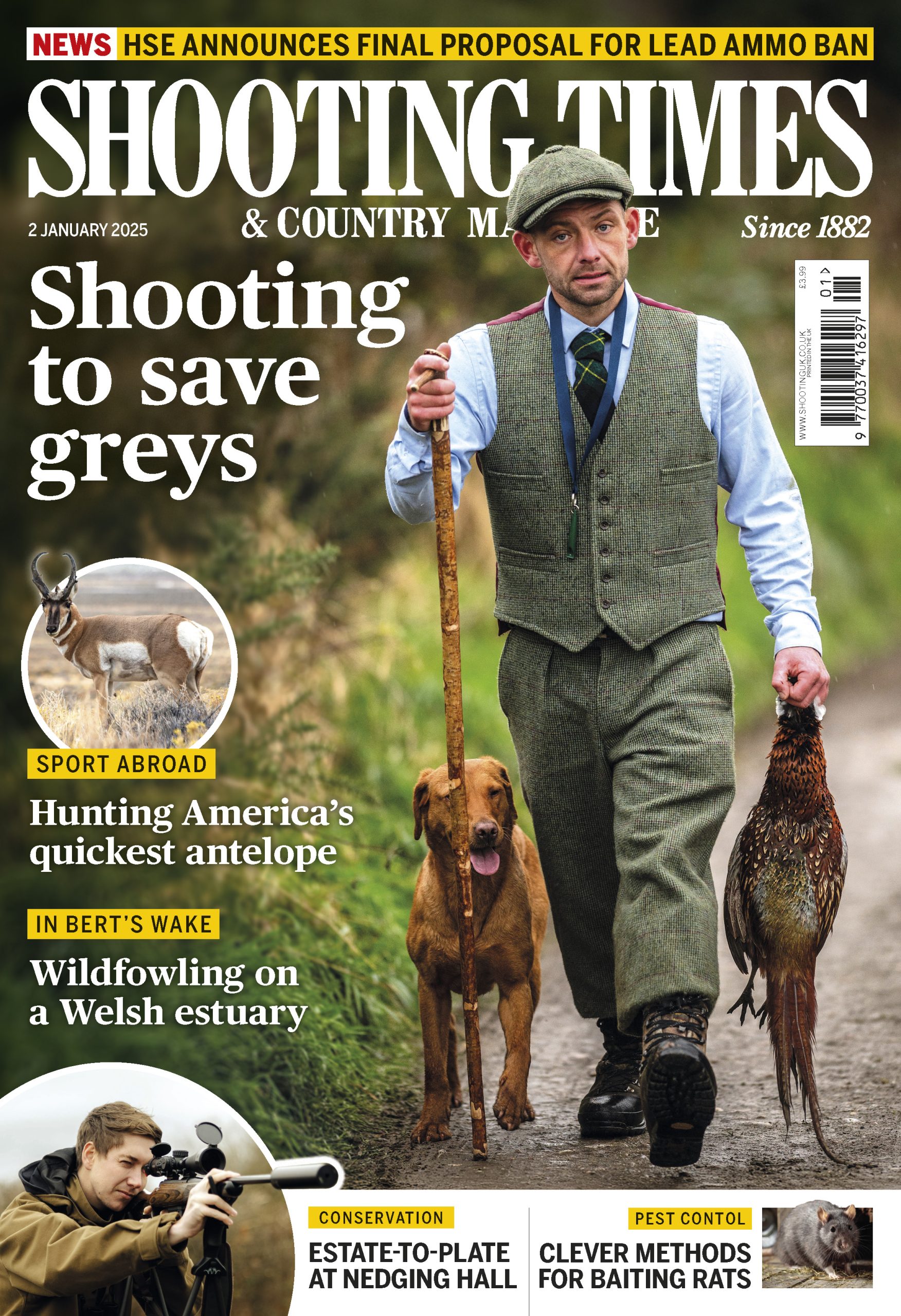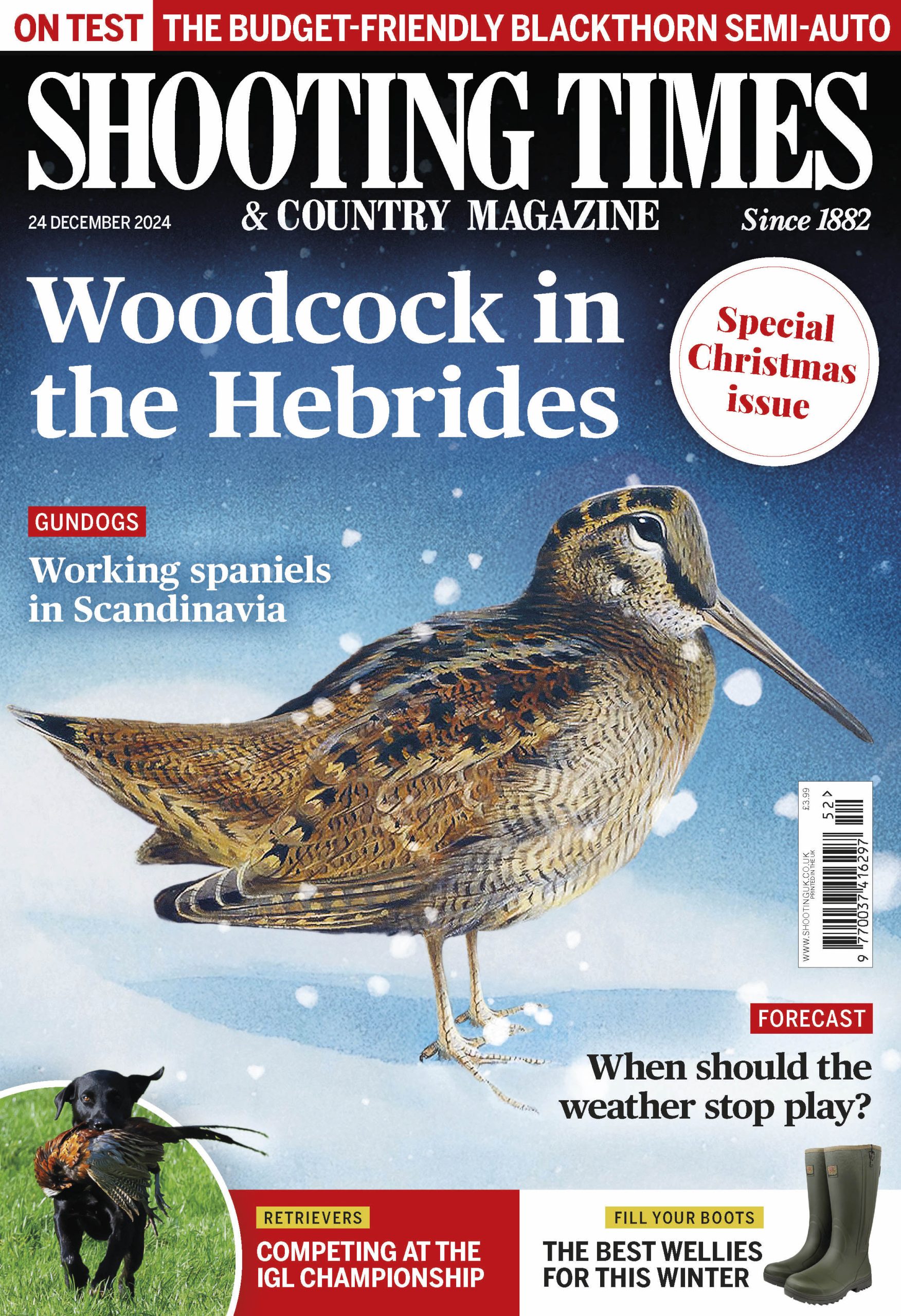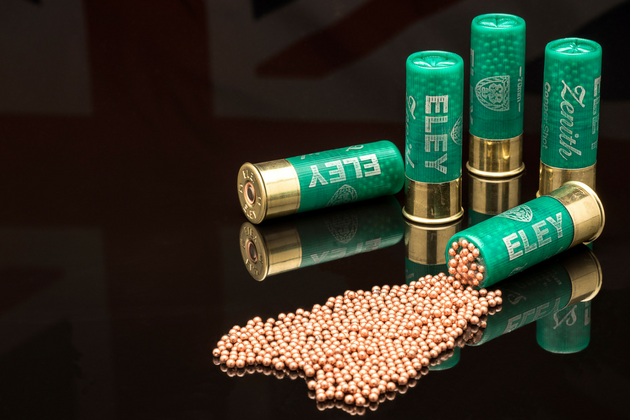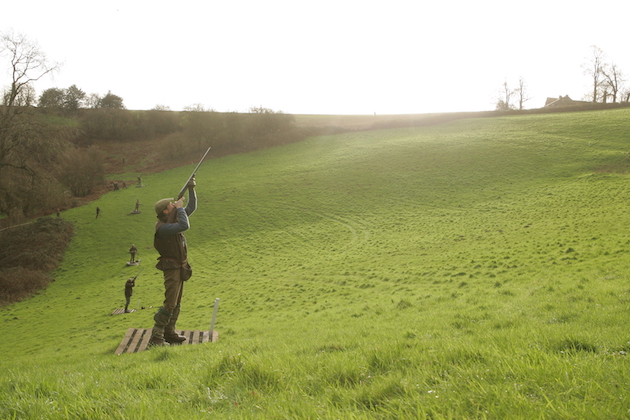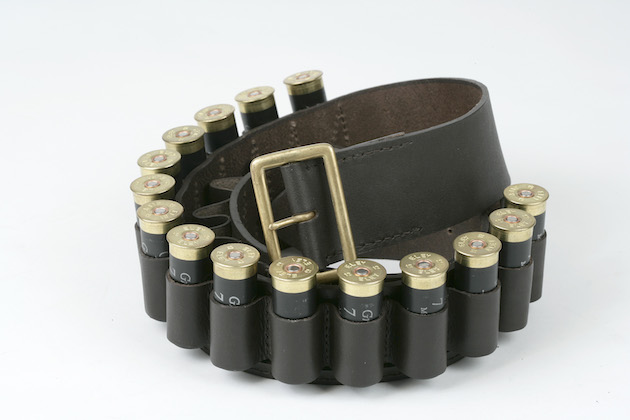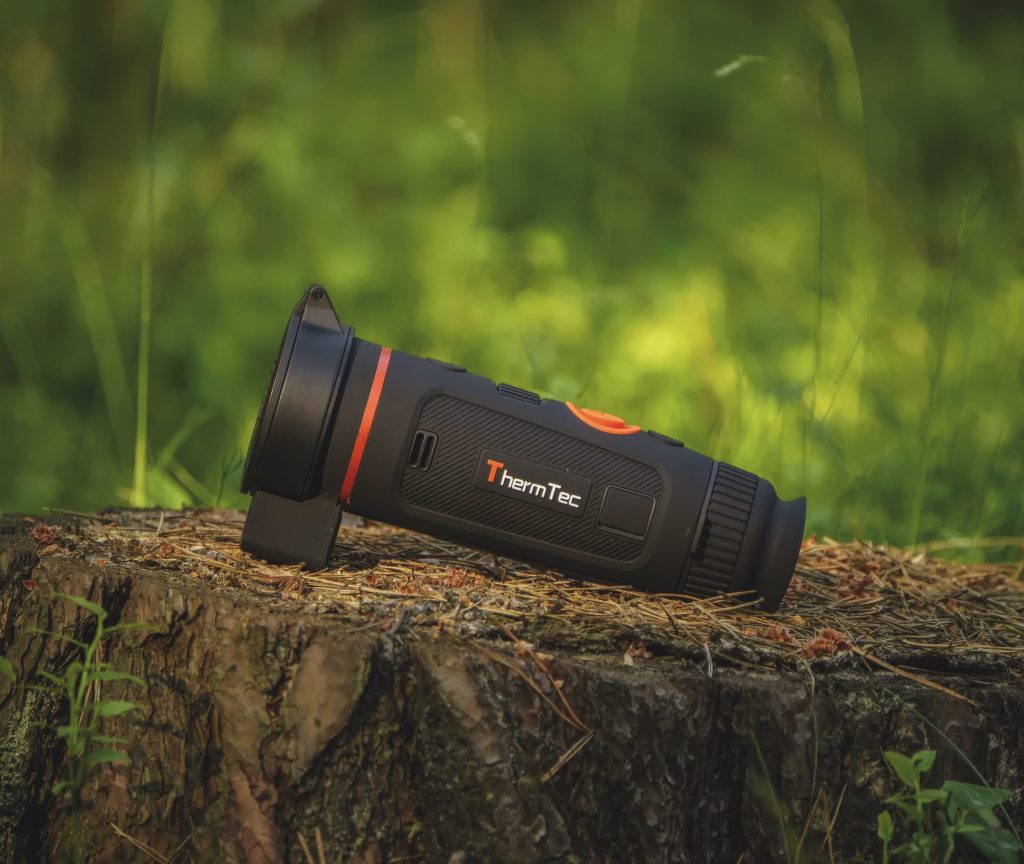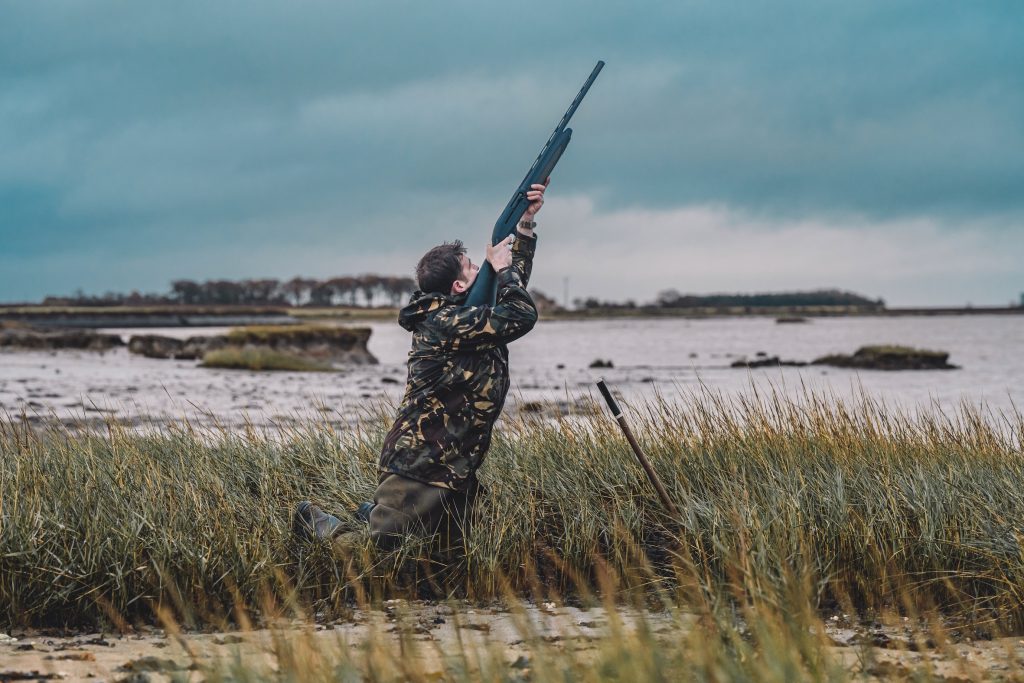I noticed something last season. I saw some fellow Guns shooting birds at extreme range – higher than 60 yards…
Win CENS ProFlex DX5 earplugs worth £1,149 – enter here
Will coated cartridges make you a better Shot?
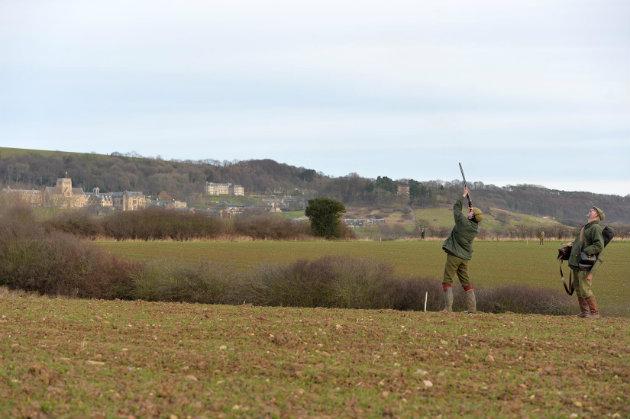
It is the latest trend in cartridge production for both clay and game shooting. Coated cartridges — or, to be more accurate, lead shotgun pellets that have been coated with copper or nickel — are today headlining the cartridge manufacturers’ billboards.
Are coated cartridges new?
Well, no; as far back as 1929 the American company Winchester was experimenting with copper-plated shot, while in the 1950s tests were in hand to coat lead shot but to no practical effect. However, with advanced technical applications and a greater understanding of ballistics, today’s leading cartridge manufacturers have determined that there is a market — particularly in the clay shooting world, but also among game shooters, notably high bird specialists — for cartridges loaded with lead pellets that have been coated with copper or nickel.
So what is the thinking behind this departure from naked lead?
Copper coating
Copper is considerably harder than lead and so, by coating softer lead pellets with a thin layer of the metal, it is believed that the deformation of the fired pellets through a gun’s barrel is greatly reduced and, in addition, the charge of pellets carries sufficient energy to kill a bird humanely.
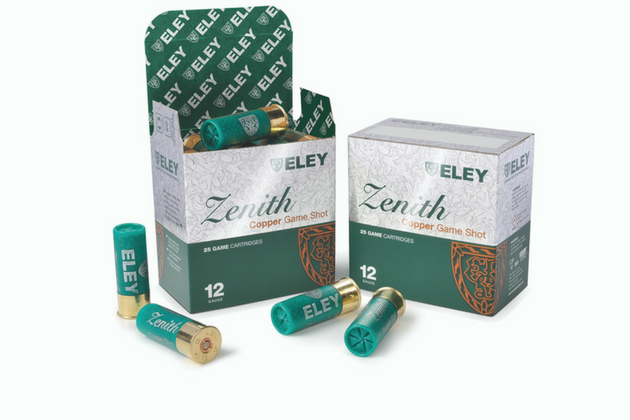
Eley’s Zenith loads contain copper-coated lead pellets
A company at the forefront of the copper coating trend is Eley Hawk, which in 1992 hit the market with copper-coated lead in its Classic Game paper-cased cartridges, which were designed for game shooting and side-by-side shotguns. David Thompson, marketing manager for Eley Hawk, said that today the company sells not only copper-coated lead shot for the game shooting market in its Zenith range, but also nickel-coated shot specifically targeted at the clay shooting arena, but which confusingly goes under the name Titanium.

Eley Hawk’s Titanium Strike is nickel-plated lead shot
Extra punch for today’s clays
The reason for the two types of lead coating — copper and nickel — is that in today’s serious clay shooting world biodegradable clays, now employed extensively at clay grounds, are more difficult to break and require a shot charge with extra punch, an element supplied by the harder nickel coating on the lead shot. With the advent of the new harder clays, it was discovered shooters could actually hear uncoated lead pellets hit a clay but to no effect, a scenario that has been eliminated with Eley’s Titanium range of nickel-coated cartridges.
David explained that the Eley Zenith range of cartridges for game Shots is specifically designed for over-and-unders — the case length is 70mm, or 2¾in in old money — rather than side-by-sides. This is because high bird shooters will almost come into the over-and-under category and require the extra striking energy to ensure clean kills with birds which might outface side- by-side users who prefer to use a standard load in the field.
How are lead shot pellets coated with copper? “The lead shot is placed in a bath of ionic solution and the copper becomes a positive terminal, but the lead becomes a negative terminal,” explained David. “A direct current ionises the water solution and the copper gradually coats the lead shot. Timing is essential to make sure the copper application is not too great. If too much copper is applied the pellet will pass through the bird with a lack of striking energy to ensure a clean kill.”
The application of the copper coating to the lead pellets protects the charge in its passage through the barrel to eliminate deformed pellets and ensure that pellets retain their perfect roundness. Today, the wide array of chokes and improvements in forcing cones employed in modern over-and-unders, with many users adopting full choke to increase pattern density to kill high birds, has meant that the shot charge and the pattern it throws is critical. This, as David said, is where copper-coated shot plays a vital role. With less shot deformed there are more pellets in the pattern, ensuring clean kills of high birds.
The powder used is from the Advanced PSB+ range of powders, while the wads employed are Kleena Evo 5, improved to produce a slightly denser wad under pressure and, in addition, the breakdown of the wad in the field is now faster.
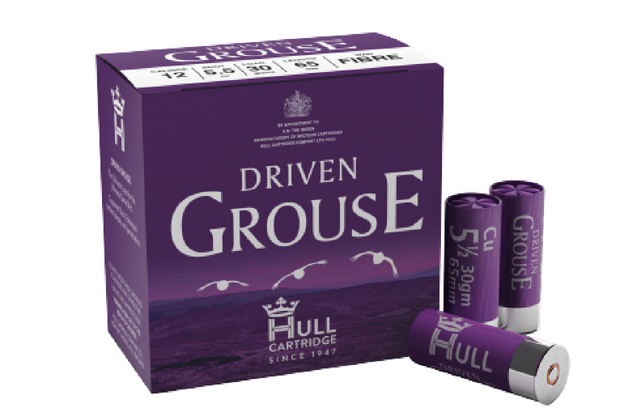
Hull Cartridge Company uses copper to coat its lead shot
Copper shot
So what of the future; is Eley likely to produce full copper shot? While the density of copper is similar to steel, the cost of making pure copper shot would be prohibitive. At the time of writing the price of a tonne of lead is between $2,300 and $2,500, while copper is between $5,900 and $6,400. However, the cost today of a box of 25 Eley Zenith cartridges is £11.15 or £350 per 1,000, while a slab of 250 is £99.
Who else is in the coated cartridge market? David Bontoft of the Hull Cartridge Company said that the firm produces cartridges specifically designed for driven grouse and partridge shooting in both 12- and 20-bore with copper-plated lead shot.
The lead pellets, he explained, are electro-plated rather than being rolled in metal dust, and provide a fast, smooth, hard-hitting performance with modest recoil. However, copper plating is not applied to the wide range of cartridges designed for clay shooting, nor to cartridges for pheasant shooting.
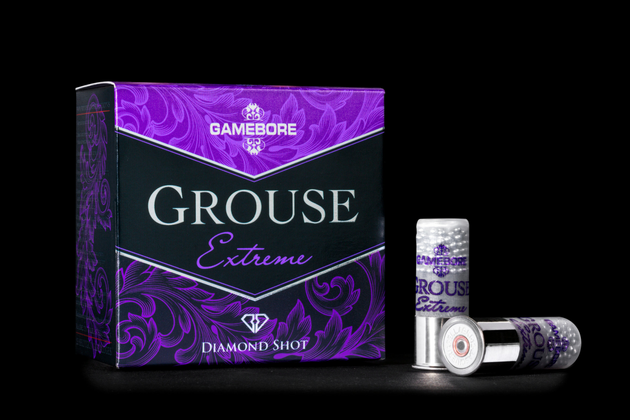
Gamebore’s pellets are said to be perfectly spherical
Secret substance
The other player in the market, also based in Hull, is Gamebore — the only cartridge company in the UK that has its own 140ft shot tower. Gamebore’s David Scott said that his company produces quality lead shot, graded five times, to ensure that all the pellets are perfectly spherical. They are coated with a substance that makes them appear silver and gives them the name Diamond shot. The substance is a secret.
The result is a shot that, I was assured, flows through the barrel with minimum deformation or damage and produces tighter patterns at long range.
So there we have it. A new breed of cartridges basically intended for the serious clay shooting world and the high and long-distance game bird shooter market. To meet this demand cartridges have been designed to produce tighter patterns, at longer distances and, it is claimed, are harder hitting.
I can well understand the demand for this type of cartridge where the clay shooting world is concerned but, as readers may well be aware, I have reservations about extreme high bird shooting and here I am talking about pheasants being shown and shot at 60 yards to 80 yards high.
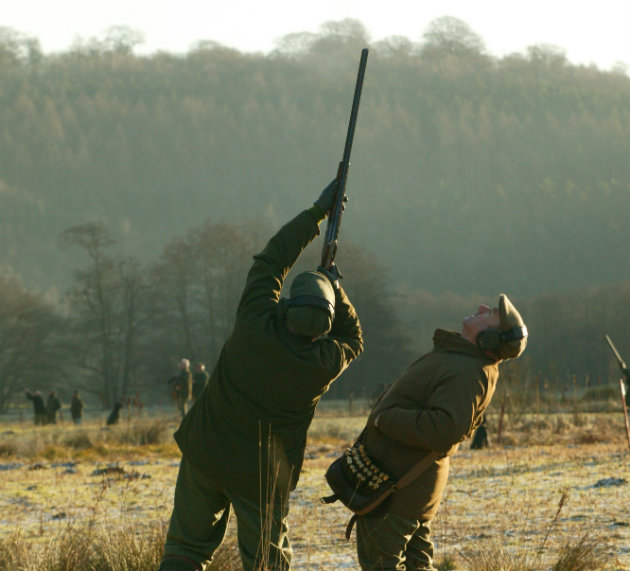
Coated pellets will not make you a better Shot; you must still know your range limits
Substitutes
I am not a ballistician and have invariably been content to use standard loads of lead shot, usually made by Eley. I can recall using Grand Prix and Impax and seldom having reason to complain. Now, of course, we have a new world of lead shot substitutes: bismuth, steel and tungsten-based loads are required for wildfowling and command outlandish prices.
Bismuth can be £32 to £60 a box — it is 85 per cent the density of lead and the closest substitute and, due to its malleability, is safe to use in non-steel-proof guns. Tungsten is similarly priced and only a number of steel loads are cheaper than lead. It is essential to note that coated lead shot cannot be used to shoot wildfowl.
How to choose the right cartridge for your shotgun
All a shotgun cartridge has to do is propel shot towards the target to hit it cleanly. But with all…
At the end of the day coated shot is not going to make you a better shooter. You still have to understand your range limit and the distance at which you can consistently achieve clean kills. Am I persuaded to spend the additional cash required for coated specialist cartridges? As a Luddite, my answer is no, but other Guns may feel differently.
Related Articles
Get the latest news delivered direct to your door
Subscribe to Shooting Times & Country
Discover the ultimate companion for field sports enthusiasts with Shooting Times & Country Magazine, the UK’s leading weekly publication that has been at the forefront of shooting culture since 1882. Subscribers gain access to expert tips, comprehensive gear reviews, seasonal advice and a vibrant community of like-minded shooters.
Save on shop price when you subscribe with weekly issues featuring in-depth articles on gundog training, exclusive member offers and access to the digital back issue library. A Shooting Times & Country subscription is more than a magazine, don’t just read about the countryside; immerse yourself in its most authoritative and engaging publication.
